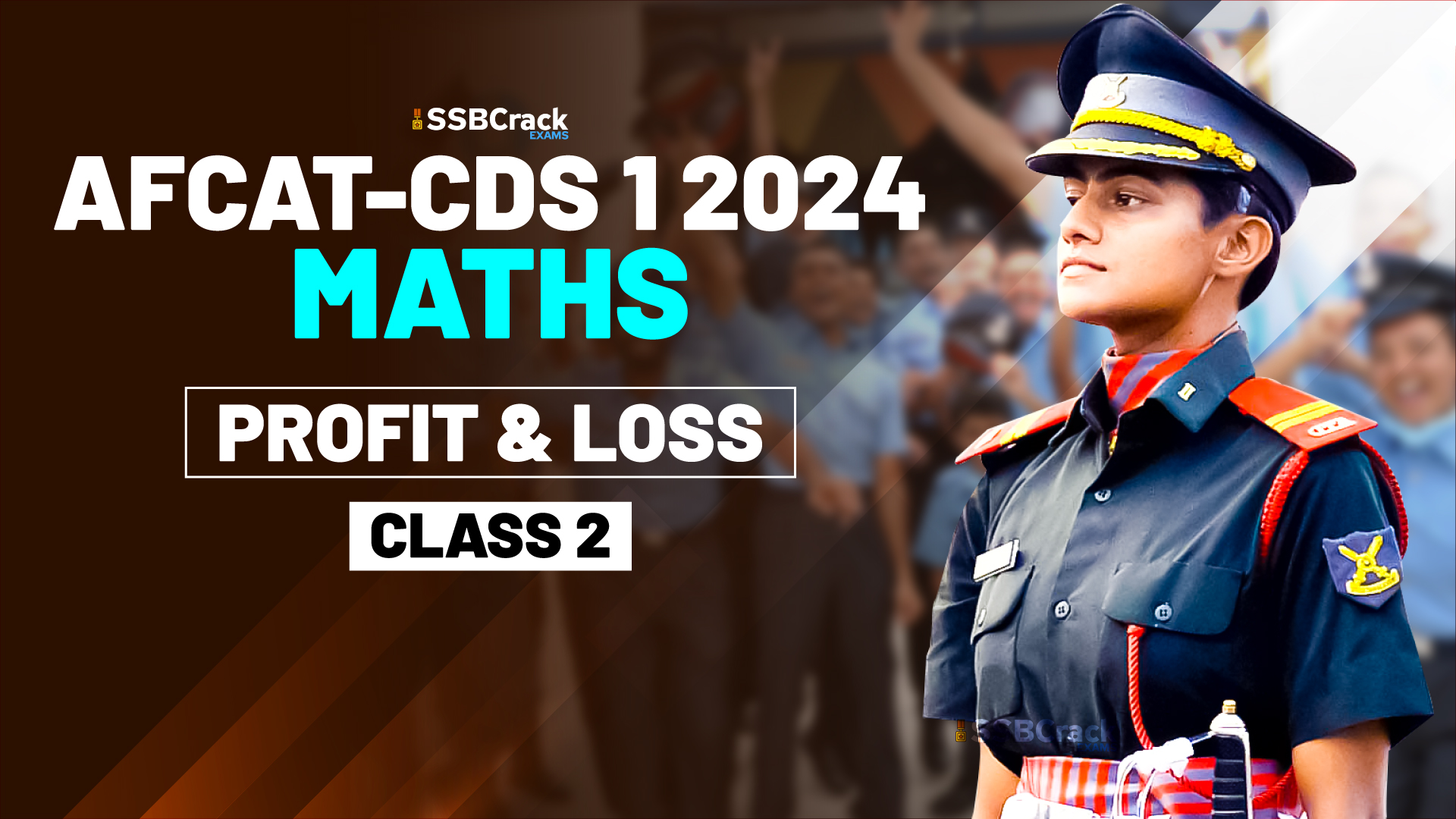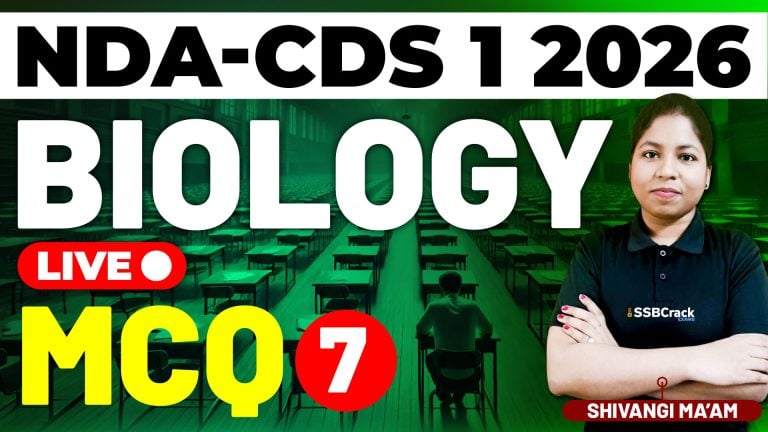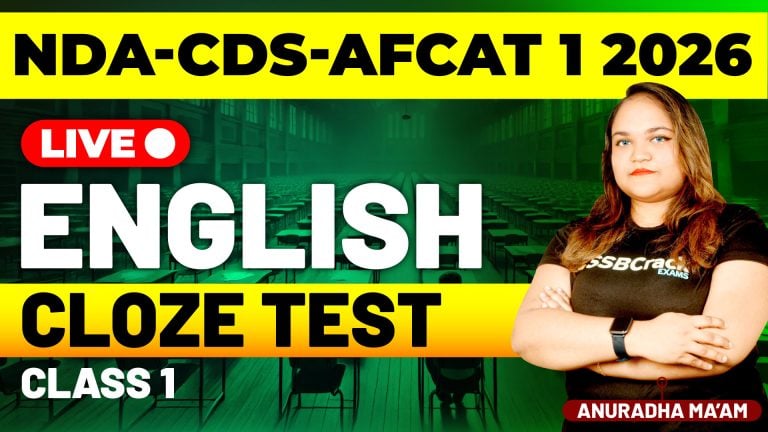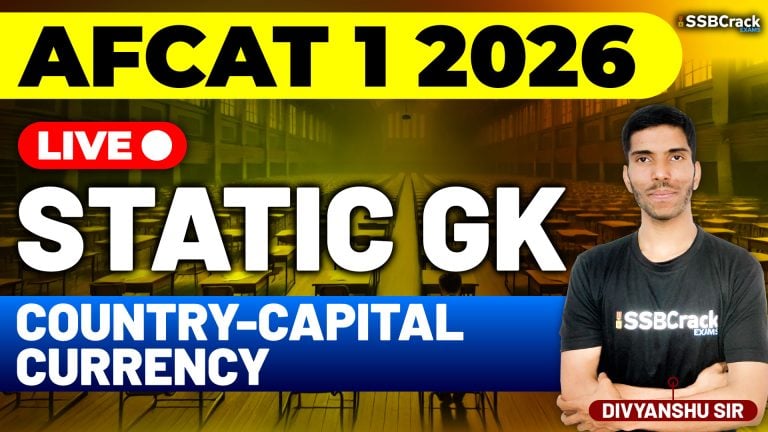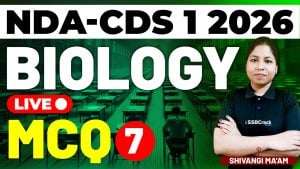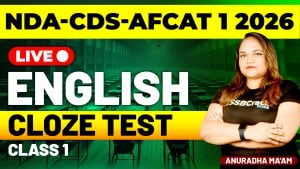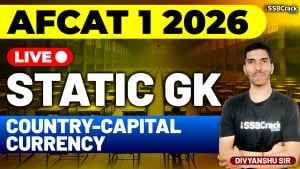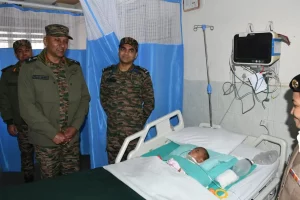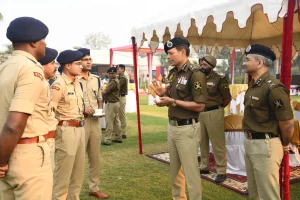In the challenging journey of preparing for competitive exams like the CDS (Combined Defence Services) and AFCAT (Air Force Common Admission Test), mastering mathematical concepts is paramount. One such essential topic is “Profit and Loss.” A practice class focusing on profit and loss, including scenarios involving dishonest traders, is invaluable for honing your problem-solving skills. In this blog, we’ll delve into the insights gained from your practice session, highlighting the variety of questions covered and how these experiences can bolster your confidence for the upcoming exams.
Diving into the World of Profit and Loss
Profit and loss are not just theoretical concepts; they are fundamental principles that govern financial transactions in everyday life. Whether you are managing a business or personal finances, understanding profit and loss is crucial. In your practice class, you ventured beyond theory to tackle real-world problems. Here’s a glimpse of the key areas you explored:
1. Basic Profit and Loss Problems:
- Calculating profit when selling price and cost price are known.
- Determining loss when cost price and selling price are given.
- Finding the percentage profit or loss on an article.
2. Dishonest Trader Scenarios:
- Identifying scenarios where traders manipulate weights or measures.
- Solving problems involving cheating while buying or selling goods.
- Calculating the actual cost price or selling price when dishonesty is involved.
Variety in Practice Questions
- Calculating Profit Percentage:Scenario: If an article is sold at a selling price of $150 and the cost price is $120, what is the profit percentage?Solution: Using the profit percentage formula, you can easily calculate the profit percentage:Profit Percentage = [(Profit / Cost Price) * 100%]In this case, Profit = $150 – $120 = $30Profit Percentage = [($30 / $120) * 100%] = 25%
- Identifying Dishonesty:Scenario: A trader sells rice at a weight of 1 kg for the price of 800 grams. If a customer buys 3 kg of rice, how much does he actually get?Solution: This scenario involves a dishonest trader who sells 1 kg but claims it’s 1 kg. To find out how much the customer actually gets, calculate 800 grams of each kilogram:Actual Weight = 3 kg x 800 grams = 2400 gramsSo, the customer gets 2400 grams or 2.4 kg of rice.
Why Variety Matters
- Enhanced Problem-Solving Skills: Practicing a variety of problems sharpens your problem-solving abilities, making you adept at handling different scenarios.
- Real-World Relevance: The skills you acquire while dealing with profit and loss, especially dishonest trader scenarios, have real-world applicability, helping you make informed financial decisions.
- Improved Time Management: In competitive exams, efficient problem-solving is crucial. Practice sessions help you manage your time better and allocate it wisely across various sections.
- Confidence Building: Tackling a wide range of problems builds your confidence, ensuring that you are well-prepared for whatever the exams may throw at you.
Conclusion
Your practice class on profit and loss, including scenarios involving dishonest traders, has provided you with invaluable experiences and problem-solving skills. Embrace the challenges presented in these sessions as opportunities to grow and excel. As you continue your preparation for the CDS and AFCAT exams, remember that consistency and practice are your allies. Keep refining your skills, stay focused, and approach each problem with confidence. With dedication and practice, you are well on your way to mastering profit and loss – a skill that will serve you both in your exams and in your future endeavors. Good luck!
